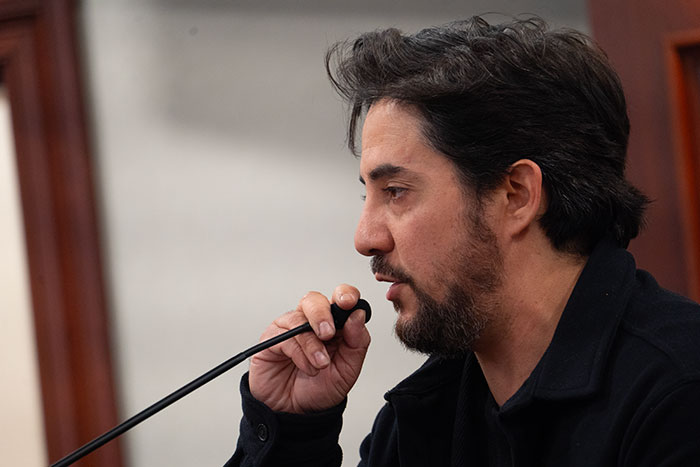Is the PUC doing enough to help control water rates?
Claremont residents have yet to see the bulk of the latest set of water increases pile on top of their water bills, but it won’t stop the increases from trickling in.
While the California Public Utilities Commission (CPUC) finalizes its decision on Golden State Water Company’s latest controversial appeal for water rate increases, the state regulatory body has directed that the current rates be extended on an interim basis until a final decision is approved.
That means the average Claremont residential customer with a 5/8-inch meter will continue to pay $60.98 per month for 9724 gallons of water, and the average customer with a one-inch meter will pay $138.34 per month for 19,448 gallons of water, according to Patrick Scanlon, Golden State Water’s vice president of operations.
While rates currently remain the same, should the CPUC grant Golden State Water any portion of their requested rate increase, the company will then be allowed to add a surcharge to customers’ bills in order to make up the amount lost between January 1 and the time the final decision is reached.
The privately-owned water company approached the CPUC in July 2011 to request a rate increase of more than 24 percent to take effect in 2013 with additional, smaller increases to be added in 2014 and 2015. The appeal was followed by a series of protests from the water company’s customers, many here in Claremont, upset about yet another set of rate increases. After several public hearings held in November 2011 and negotiations the following spring, the CPUC has been charged with deliberating the final rate.
A decision was anticipated by the end of 2012 for the rates to take effect as requested on January 1, 2013, however, the CPUC has yet to render any decision on the final rate, according to CPUC spokesperson Andrew Kotch. The current rates, also referred to as interim rates, will remain until a decision is made. Should the CPUC grant Golden State Water any portion of their requested rate increase, the company could add a surcharge to customers’ bills in order to make up the amount lost between January 1 and the time the final decision is reached.
While the city of Claremont and the water company remain at odds, as the deciding body that provides the final say in how much California residents pay for their utilities, the CPUC remains a key player in Claremont’s water issue.
“The CPUC is terribly important—they are the enablers of these rate increases,” said Claremont resident Marilee Scaff. “They approve or disapprove the rates. If they say yes, we have to pay it. They are the policemen.”
The roots of the CPUC, first established in 1911, run nearly as deep as the city of Claremont. Initially dubbed the Railroad Committee, the organization was first implemented to regulate the ever-expanding South Pacific Railroad, whose increasing power was drawing public concern, according to information provided by Mr. Kotch. It had become apparent that the 3-person committee, initially created to manage the railroad company, was being used for the railroad’s advantage. The expanded railroad committee was the solution.
The agency’s responsibilities grew with the establishment of the Public Utilities Act the following year, expanding regulatory duties to include natural gas and the electric, telephone and water companies, as well as railroads and marine transportation companies. However, it wasn’t until 1945 that the group would be renamed to the California Public Utilities Commission, more accurately reflecting its variety of regulatory duties.
The commission is composed of 5 board members, each with staggered, 6-year terms. Commissioners are not elected, but instead chosen by the Governor. However, that isn’t where the selection process ends. Before appointment, commissioners are brought before the state senate’s rule committee for a vote, according to Mr. Kotch. This is one of several safeguards set in place to protect ratepayers, he says.
“There is scrutiny along the way. They are not simply appointed into office,” he explained.
The creation of the Division of Ratepayer Advocates (DRA) organization is another measure to ensure equitable decisions for all involved, according to Mr. Kotch. The DRA touts a mission of obtaining “the lowest possible rate for service consistent with reliable and safe service levels. In fulfilling this goal, DRA also advocates for customer and environmental protections.”
“It’s a balancing act,” Mr. Kotch explained, “providing the utilities with the ability to maintain operations while still providing or watching out for the public so that the public is receiving reasonable rates.”
While Ms. Scaff agrees that the DRA has helped, she believes there aren’t any true safeguards to ensure the CPUC’s transparency.
“We have to remember that the CPUC has many responsibilities and is not given very much time,” Ms. Scaff noted. “The CPUC cannot be counted on to protect the public. We are the victims of all the many things that go through the CPUC.”
—Beth Hartnett
news@claremont-courier.com










0 Comments